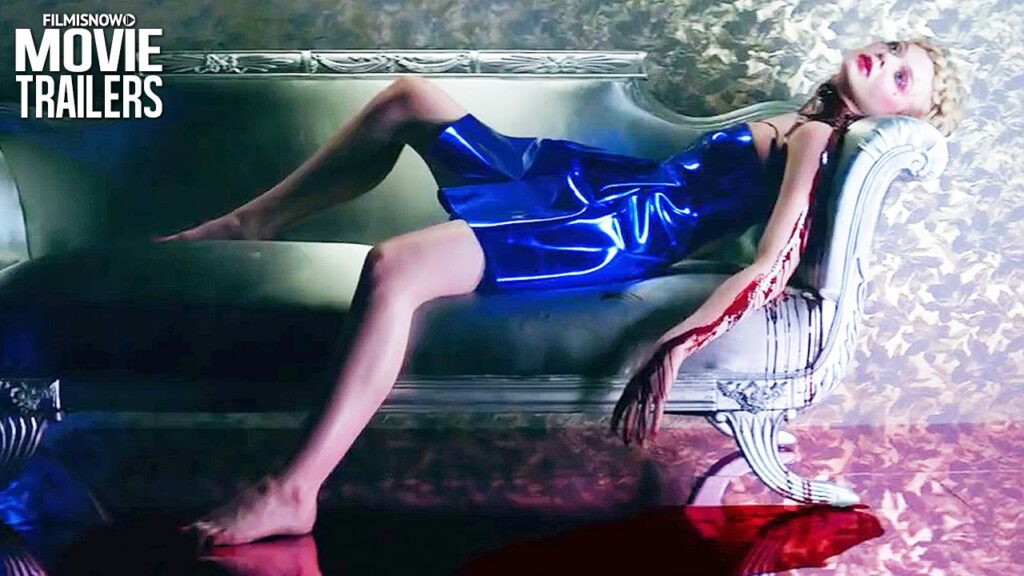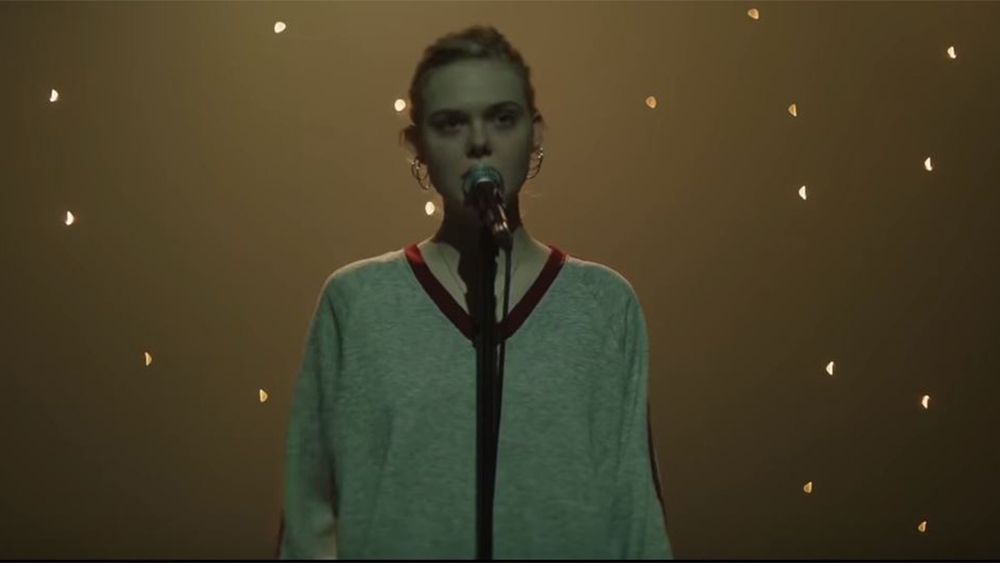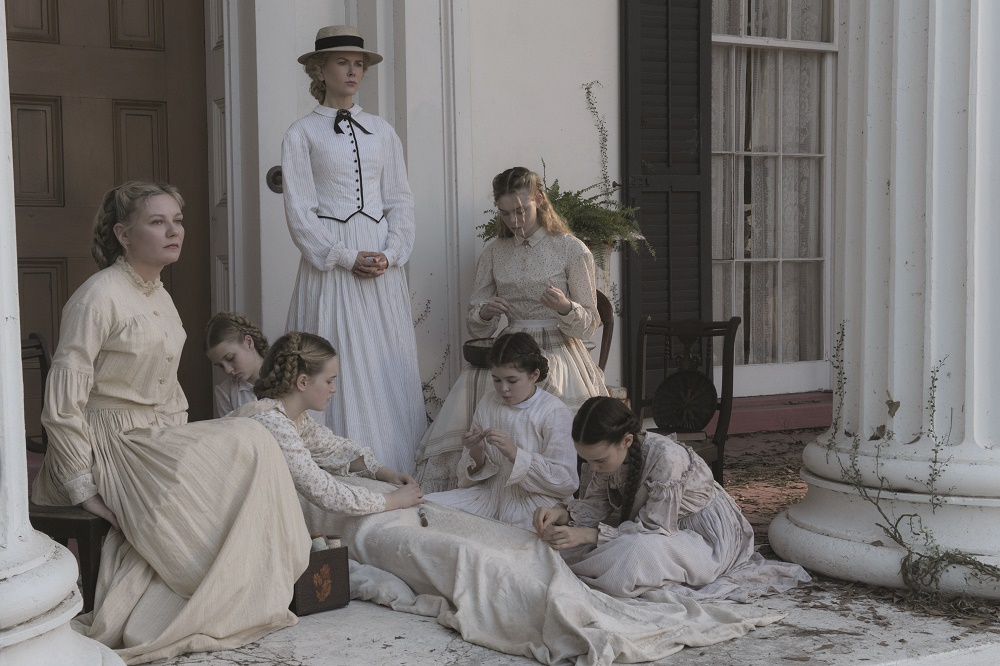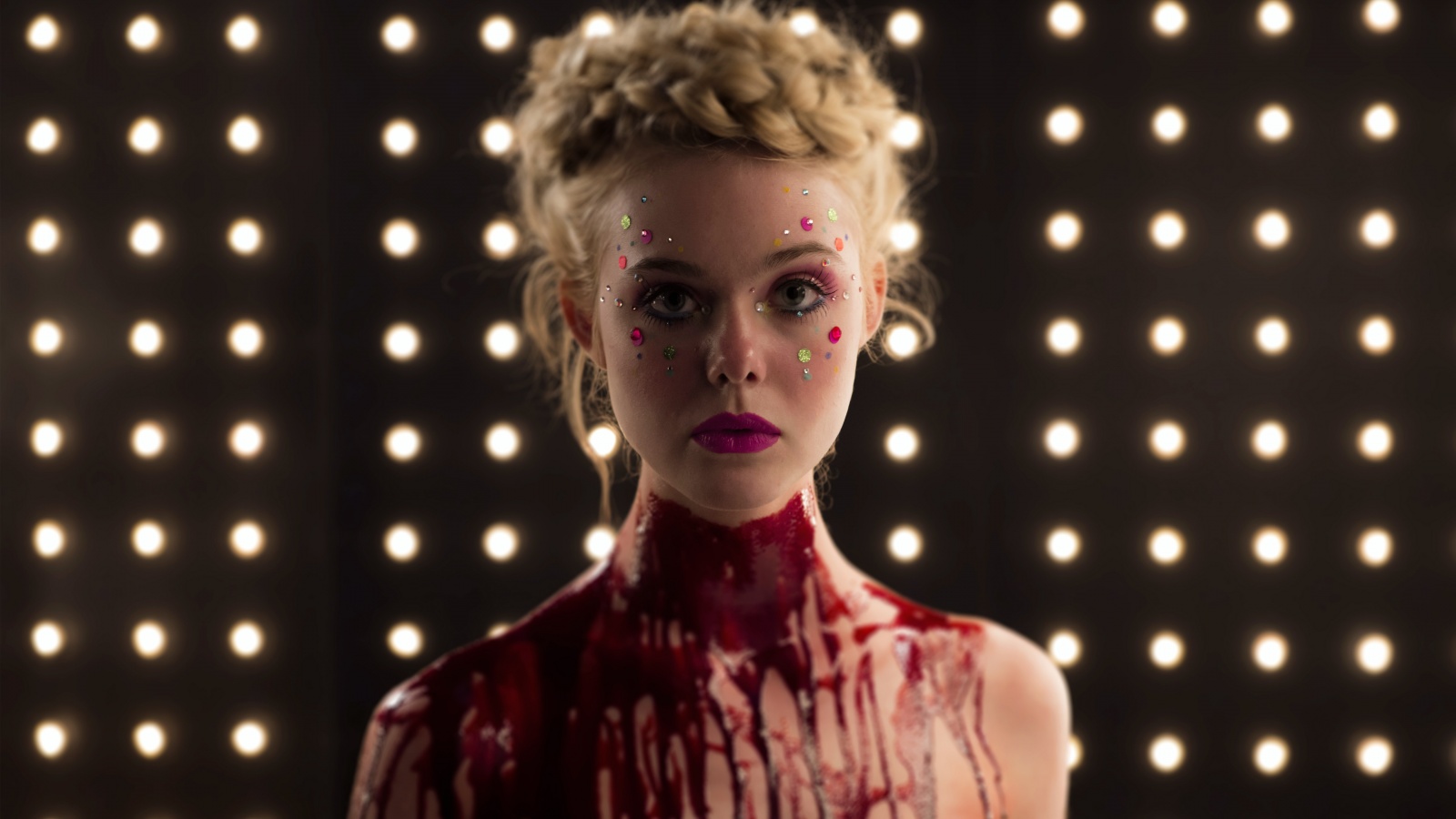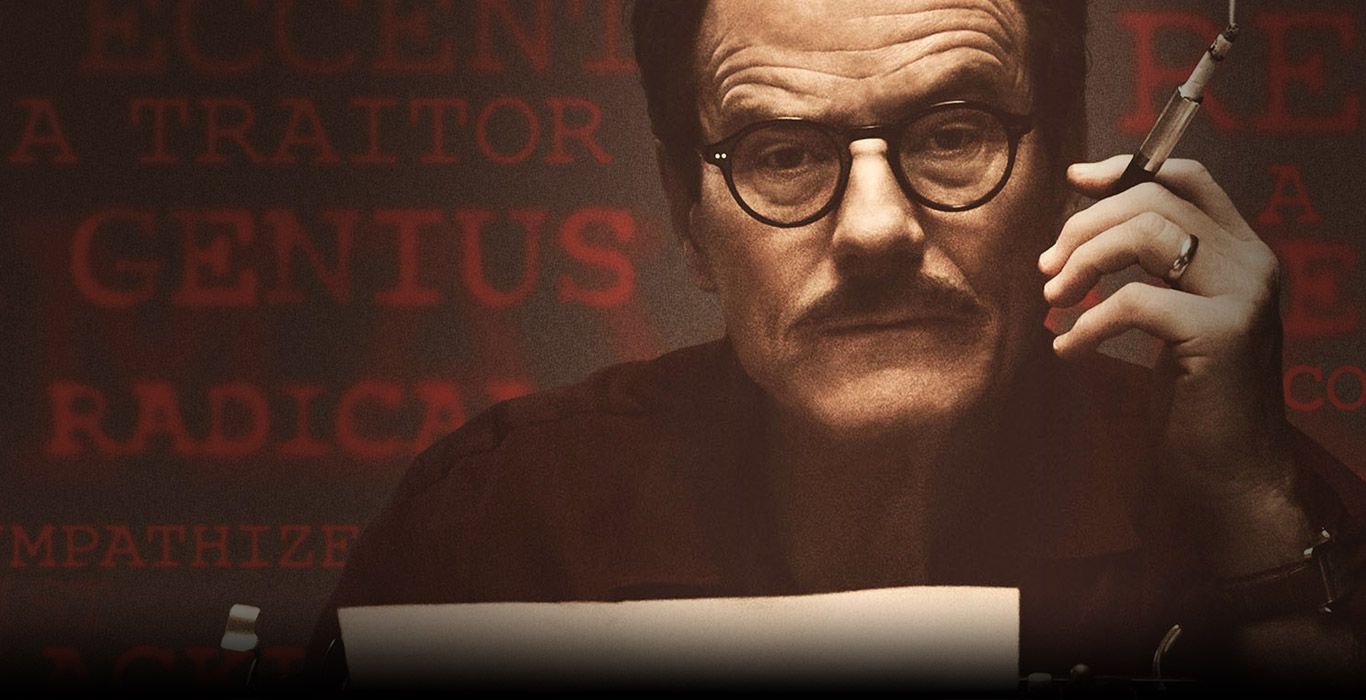We are thrilled to welcome Melissa LaMartina – actress, producer, director, and alter ego to Aurora Gorealis, macabre mistress of ceremonies for Shocktail Hour! Fashion icon that she is, Melissa recommended the topic Evening Gowns in Horror Movies.
We run through the best dressed, most fashionable to murder or be murdered in horror films. Listen in, won’t you?
5. Jesse (Elle Fanning) – blue dress in The Neon Demon (2016)
Nicolas Winding Refn’s first full-blown horror movie looks glorious from frame one. Elle Fanning and her co-stars carry off dozens of amazing gowns throughout the film, but it’s that shiny blue number Refn pairs with almost giallo-red blood and those lovely gemstones that left us breathless.
4. Elizabeth Medina (Barbara Steele) – red gown in The Pit and the Pendulum (1961)
Roger Corman may have skimped on a lot of things, but his costuming was top notch. And when doesn’t Barbara Steele pull off a look? Her character in The Pit and the Pendulum has something to hide, and the wardrobe changes with her mood. Our favorite mood is this red swashbuckling number, as it to announce that she was done pretending.
3. Edith Cushing (Mia Wasikowska) – white gown in Crimson Peak (2015)
Guillermo del Toro’s ghost story is his most fashionable film to date. Jessica Chastain’s Lucille Sharpe is defined by the stiffly dated frocks – gorgeous though they are–while Edith (Mia Wasikowska) is a vision of the future in this buttery satin gown.
2. Countess Bathory (Delphine Seyrig) – silver gown in Daughters of Darkness (1971)
Every garment in this film is a stunner, and each gown worn by the divine Delphine Seyrig deserves its own spot on this list. But the silver number is truly to die for. The way the candle light bounces off the sequins gives Seyrig an otherworldly look that matches her magnificent performance.
1. Juliana (Hazel Court) – the red gown in The Masque of the Red Death (1964)
Another Corman classic, The Masque of the Red Death swims in decadence, something captured magnificently by the wardrobe. Everyone looks stunning, but Hazel Court commands attention in two different ensembles. And though the green gown deserves its own spot, it’s the red dress – and how she wears it – that tops our list.


